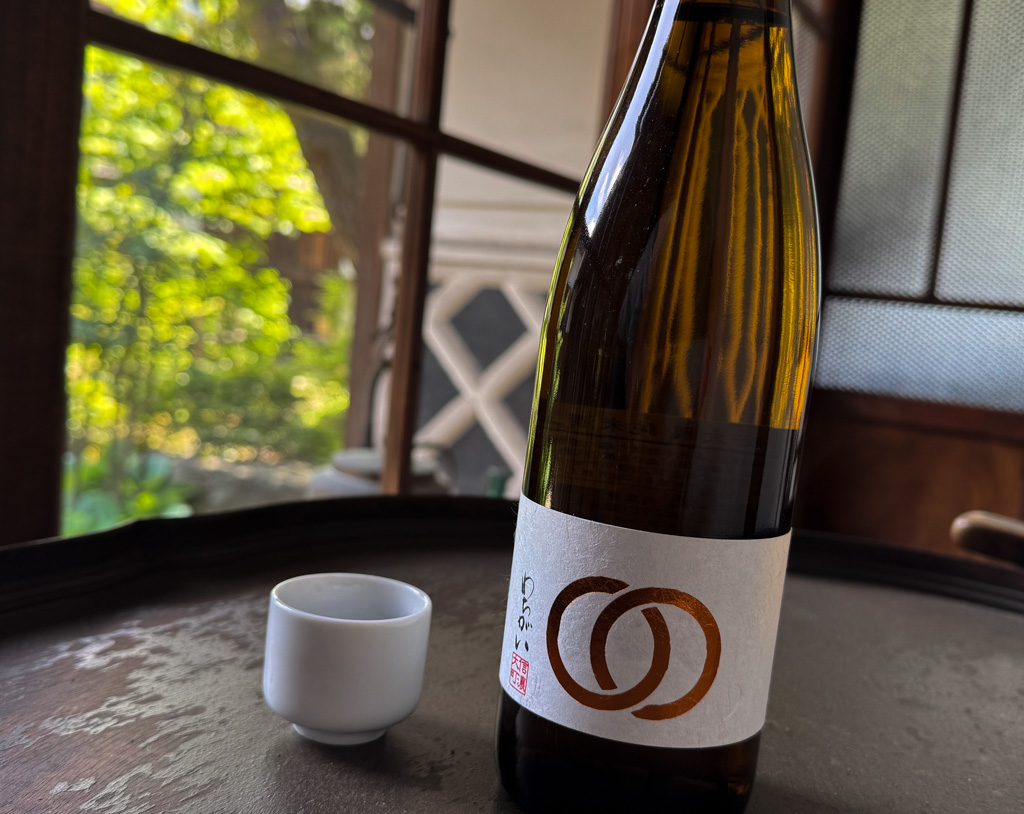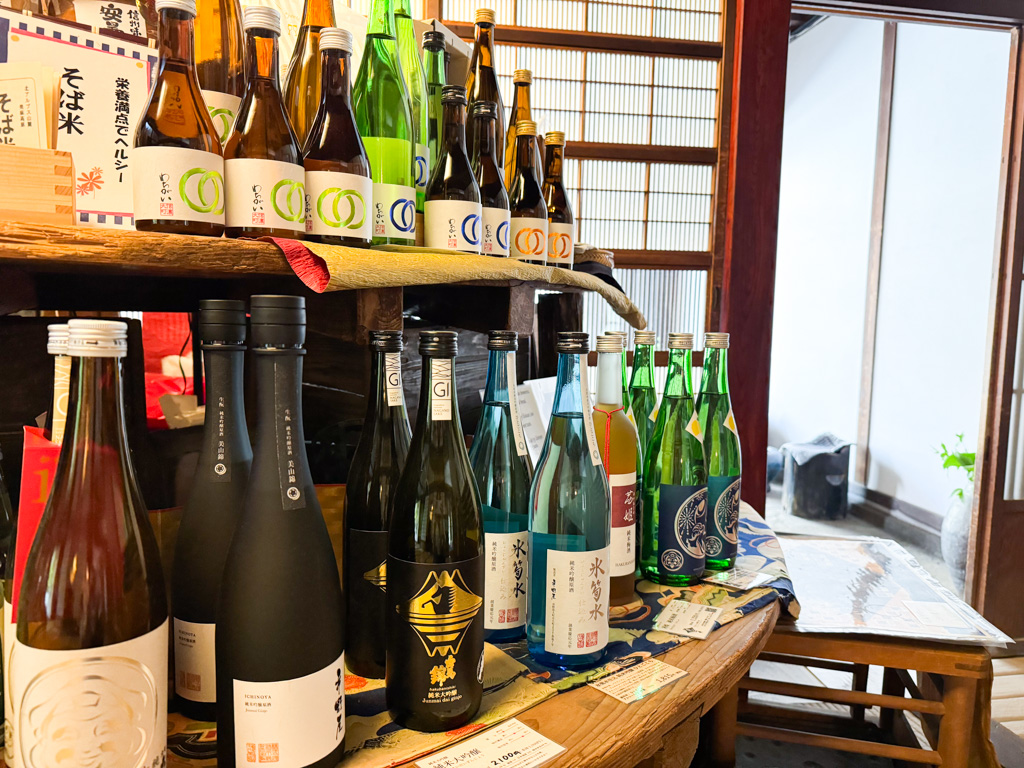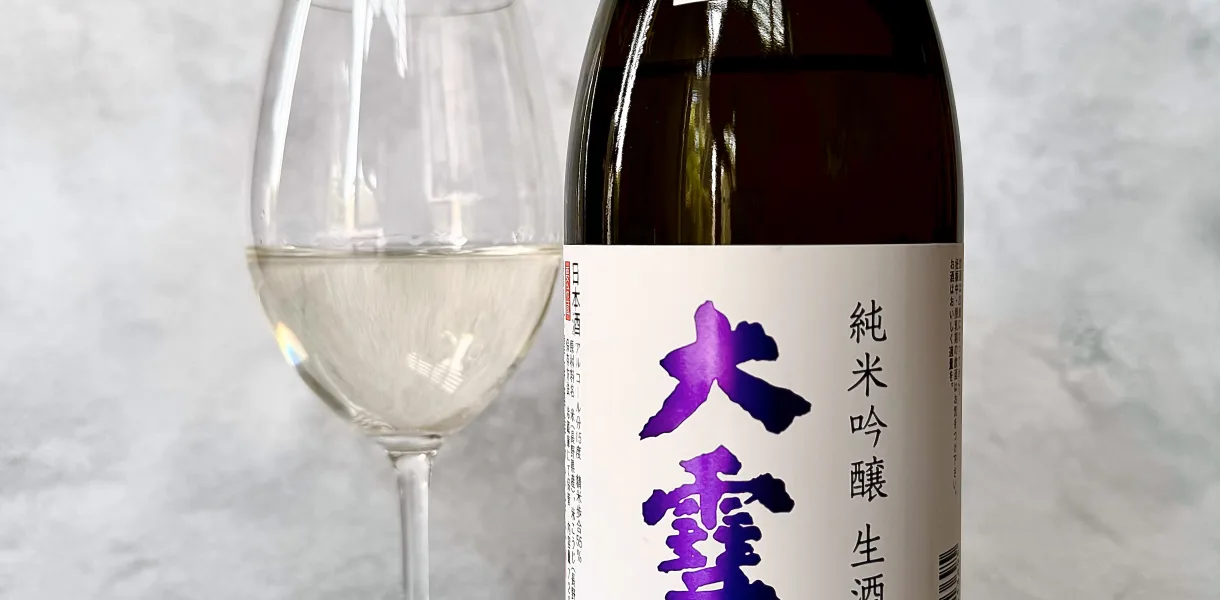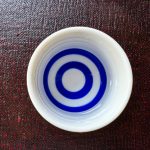Enjoying Sake at Home
Drinking Japanese sake at home can be a delightful and relaxing experience—especially when you know a few key tips and traditions. Here’s a simple guide to help you enjoy sake to the fullest.
Small cups or wine glasses—does it matter?
Traditionally, sake is served in small ceramic cups called ochoko, and it’s meant to be sipped slowly—not taken like a tequila shot. However, modern sake with a clean, elegant finish is sometimes enjoyed more like wine.
Like wine, sake’s flavor and aroma can change depending on the type of glass used. The shape and size of the glass affect both how the aroma is released and how the sake feels on the palate. That’s why trying different glassware can be a fun and effective way to elevate your sake experience.
Daiginjo and Junmai Daiginjo: Best in White Wine Glasses
Sake like Daiginjo and Junmai Daiginjo is known for its fruity aroma and refined finish. Using a white wine glass allows the delicate aroma—often reminiscent of melon, apple, or pear—to fully open up. The wide bowl and narrow rim help concentrate the scent, enhancing your enjoyment with each sip.
Junmai Sake: Try a Red Wine Glass
Junmai sake tends to have a richer aroma and a round, full-bodied taste. To enjoy its depth and rice-driven character, a red wine glass is ideal. Its larger bowl allows you to capture the sake’s mellow aroma and soft mouthfeel. The structure of the glass helps emphasize the umami and warmth that define this type of sake.
Sparkling Sake: Use a Champagne Flute
Sparkling sake is still actively fermenting in many cases and has a natural effervescence, much like Champagne. A champagne flute not only preserves the bubbles but also channels the rising aromas directly to your nose. Many sparkling sakes are unpasteurized (namazake) and should be served well chilled. Sip slowly to enjoy the elegant bubbles and fragrance together.
Atsukan (Hot Sake): Best with Tokkuri and Ochoko
Hot sake—known as atsukan—is a uniquely Japanese way of drinking sake. For this style, the traditional tokkuri (sake flask) and ochoko (small cup) are ideal. The flask is designed to warm the sake gently, and you can pour a little at a time into the cup to enjoy it before the temperature cools. Some tokkuri even have designs that help retain heat longer. The changing temperature can reveal different flavor notes depending on the sake’s style.

Sake and Wine Glasses: Why the Shift?
The fact that sake can be enjoyed in wine glasses is part of what makes it so fascinating. It truly is a “rice wine” in both name and experience. But why has sake become more wine-glass friendly in recent years?
The reason lies in changes within the sake industry itself. In Japan, sake consumption has been decreasing due to an aging population and declining alcohol consumption. As a result, many sake brewers have shifted their focus to overseas markets. They are now creating sake that is easier to enjoy for wine and beer drinkers around the world—smoother, more aromatic, and often made to pair well with global cuisines.
That’s why wine glasses are now more common at sake tastings, and why so many modern sakes feel natural to drink like wine.
Best Temperature for Sake
Warm or chilled? Both are correct.
One of the most unique things about sake is that it can be served at a wide range of temperatures—from chilled (around 5°C) to warm (up to 60°C). This flexibility allows you to enjoy sake in different ways depending on the season or the food you’re pairing it with.
Each temperature range even has its own name in Japanese culture, like chilled one is called “Reishu”, and warm one is called “Atsukan”. While this might sound complicated compared to wine, you can also think of it as a sign of sake’s versatility and freedom. There’s no single “right” way—just what you enjoy most.
Understanding the Basics: Which Sake Matches Which Temperature?
That said, having a basic understanding of ideal temperatures for different types of sake can make your experience more enjoyable.
Daiginjo: Best Served Chilled
Daiginjo sake is known for its elegant, fruity aroma—often compared to melon—and its smooth, clean finish. It’s best enjoyed chilled, ideally starting at around 5°C (41°F). As the sake gradually warms to room temperature, you’ll notice how the flavor profile subtly changes. Enjoying this transition is part of the charm of premium sake.
Namazake (Unpasteurized Sake): Keep It Cold
Namazake is unpasteurized sake, which means it retains a fresh, lively character, like sparkling sake and nigori sake. Because of this, it must be kept refrigerated and served chilled—around 5°C. When properly chilled, you can fully enjoy its delicate aroma and crisp, refreshing finish. It’s a great option for those who enjoy clean, vibrant flavors.
Junmai Sake: Enjoy It at Various Temperatures
Junmai sake is versatile and can be enjoyed at almost any temperature. When chilled, it has a refreshing, sharp quality with a clean finish. However, this also tends to reduce its richness and roundness.
When gently warmed, Junmai reveals a softer, fuller-bodied profile with a mellow mouthfeel. If you heat it further to atsukan (hot sake), the depth and umami intensify—perfect for bold-flavored dishes or cold winter nights. Just note that heating it too much may reduce its aroma and make the alcohol feel more pronounced.

Storing Sake at Home
When I lived in Canada, I noticed that sake was almost always served hot at Japanese restaurants. A Japanese friend explained, “It’s probably because good sake is harder to get here. High-end restaurants usually serve chilled sake, but it’s more sensitive to shipping and storage.”
Sake is indeed sensitive to temperature, but storing it at home isn’t difficult once you understand the type you have. Some bottles should be kept in the refrigerator, while others are fine at room temperature. Check the label or ask for storage advice when you buy it.
Final Thoughts
Sake has a sweet, smooth, and complex flavor that sets it apart from wine. With its wide range of serving styles and moderate alcohol content, it’s a drink that offers both tradition and versatility. Whether you prefer it chilled, warm, or somewhere in between, there’s a sake style that will suit your taste—and the occasion.


